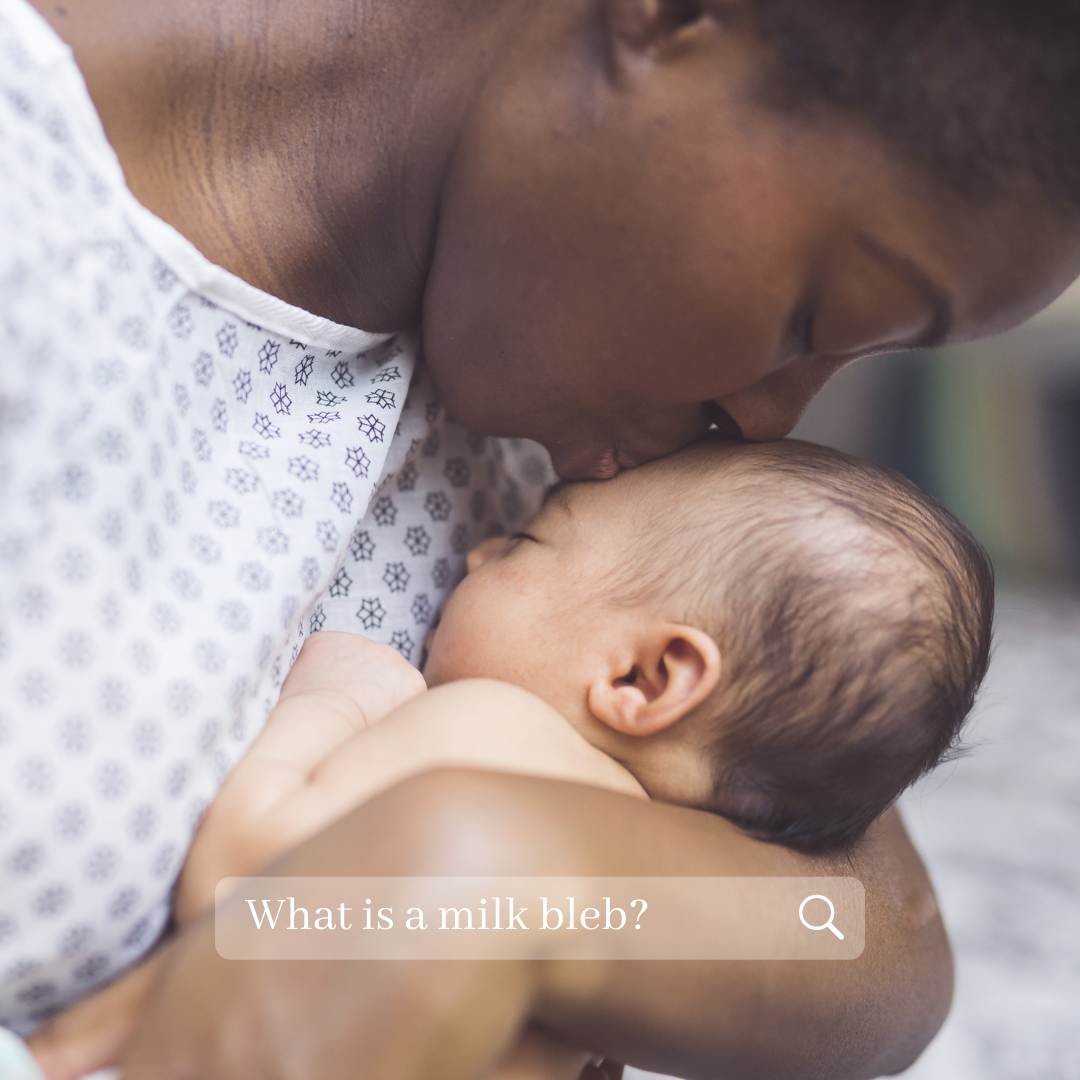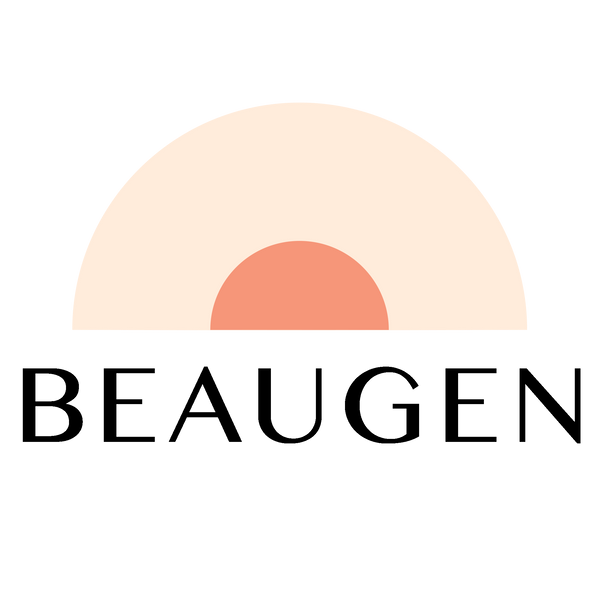What is a Milk Bleb?
Mommy Care Team
The blog post on blocked nipple pores
We’ve heard some pretty solid terms when it comes to nursing and pumping, but one of our favorites has to be milk blebs. These can also be called nipple blebs. All joking or silliness aside, these little blebs can be painful and leave you wondering how to treat them. We’re here for you Mama.
What Are Milk Blebs?
People who are breastfeeding or chestfeeding may experience clogged nipple pores. Did you know you had pores on your nipples? Your nipples are made of skin, and skin has pores. Just like the pores on your face, these very sensitive pores can become blocked. A blocked nipple has somehow become known as a bleb.
While not necessarily a pimple, but thinking of blebs as pimples can help remind you how to care for them.
You can spot these by taking a close look at your nipples. White or yellowish spots are instances when breast milk has formed a cyst or a blockage. The jury is still out on whether this is actually caused by breast milk hardening, but regardless of their cause, they can impede our ability to breastfeed or pump in comfort.

How Do You Treat Clogged Nipple Pores?
In order to answer this question, you need to first ask yourself “Is this causing me pain?”. If the answer is no, leave the spot alone and continue to nurse or pump. The suction from either the baby or the pump will likely help to clear the clog. If you can, try increasing the frequency of your nursing or pumping sessions to further aid in clearing the blockage.
If the bleb is persistent and won’t clear on its own, there are a few other things that you can try. First and foremost, keep it clean. Use warm water and good soap in the shower. Gently try to press on the bleb, and if you can tolerate it, use a bit of massage to help loosen the clog. Got a really stubborn nipple bleb? Try soaking it then applying heat and adding in massage.
During the day, if you experience discomfort, try using ice to reduce pain and inflammation. You may want to adjust the type of bra or clothing that you wear. Try for looser fitting garments. Some sources recommend inserts for your bra to space your nipple from your garment. If you still feel discomfort, you can try using something like Silverette Nipple Cups to gain additional relief.

Should I Seek Treatment?
We always recommend a consultation with a trained professional. Certified Lactation Counselors are really great resources for issues like milk blebs. These people are able to accurately diagnose the condition, and rule out other more serious issues that you don’t want to leave untreated.
So the question really becomes when to seek treatment rather than if you should. If this is indeed a milk bleb you might be able to try to clear it on its own for about a week or two before seeking treatment. Milk or nipple blebs can be confused with friction blisters. These aren’t generally painful and are often caused by an ill fitting flange, a pump that is set too high, or by an improper latch.
If you do experience pain with it, it’s a good idea to seek treatment as you don’t want this problem to prevent you from breastfeeding, chestfeeding, or pumping. This would jeopardize your milk supply and could derail your nursing journey.
More seriously though, these can also be confused with thrush. Thrush is an actual infection which can develop in your nipples. It can cause painful itching or burning when you nurse. This is definitely something for which you want to seek treatment.
If you still aren't sure whether you have a milk bleb, you may want to check out this blog post on clogged ducts.

Do I Need to Replace My Cushions if I Get Milk Blebs?
This is a great question. You should generally be replacing your cushions over time as they will suffer some wear and tear. Generally you do not need to replace your cushions if you start developing blebs. Instead, take care to wash your cushions well in warm soapy water, and let them air dry. If your cushions are wearing out and need to be replaced, you can shop here.
For conditions like thrush you will need to replace your cushions. You cannot sterilize BeauGen Cushions with high heat. You can use cold sterilization techniques or wipes but without the high heat we cannot guarantee that it will kill the thrush.
